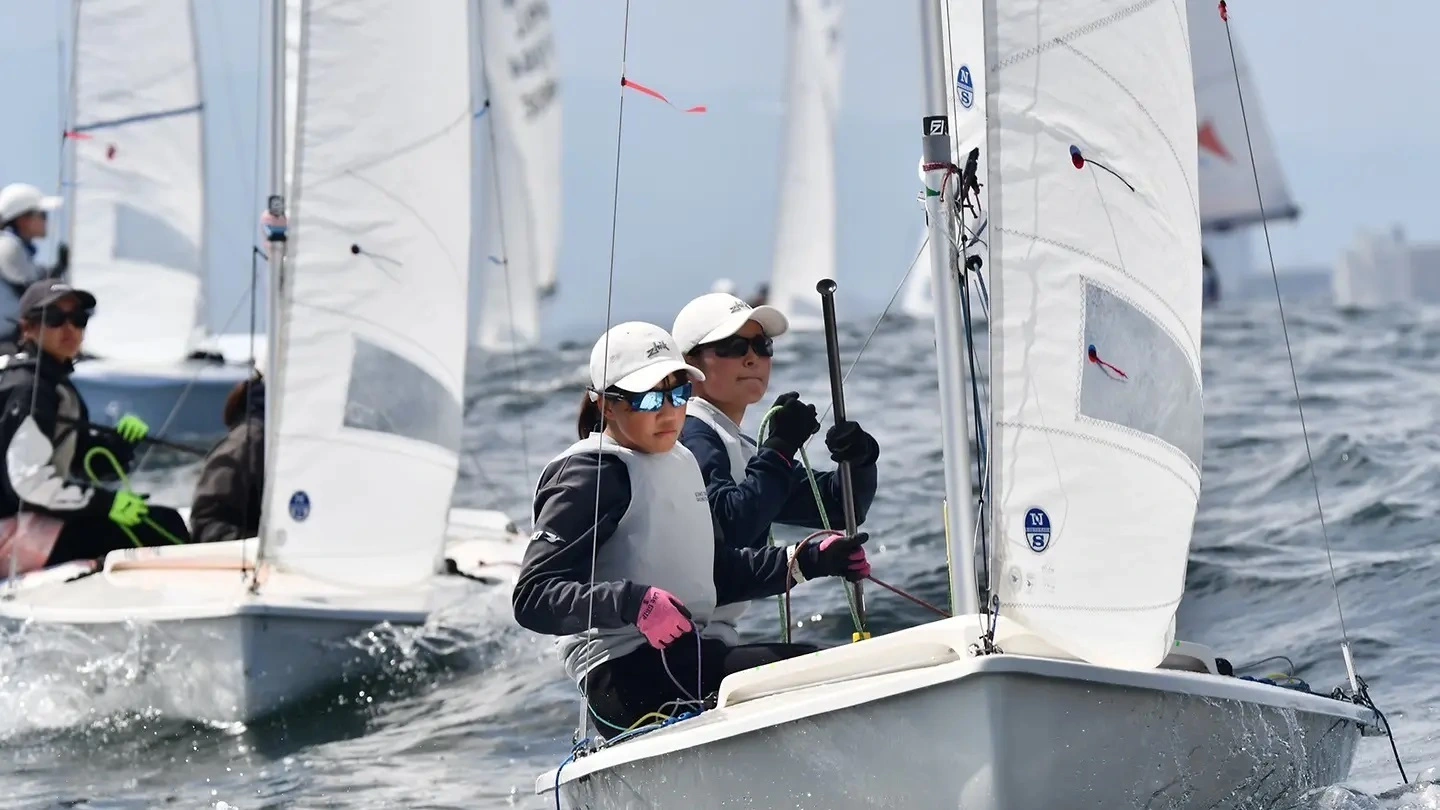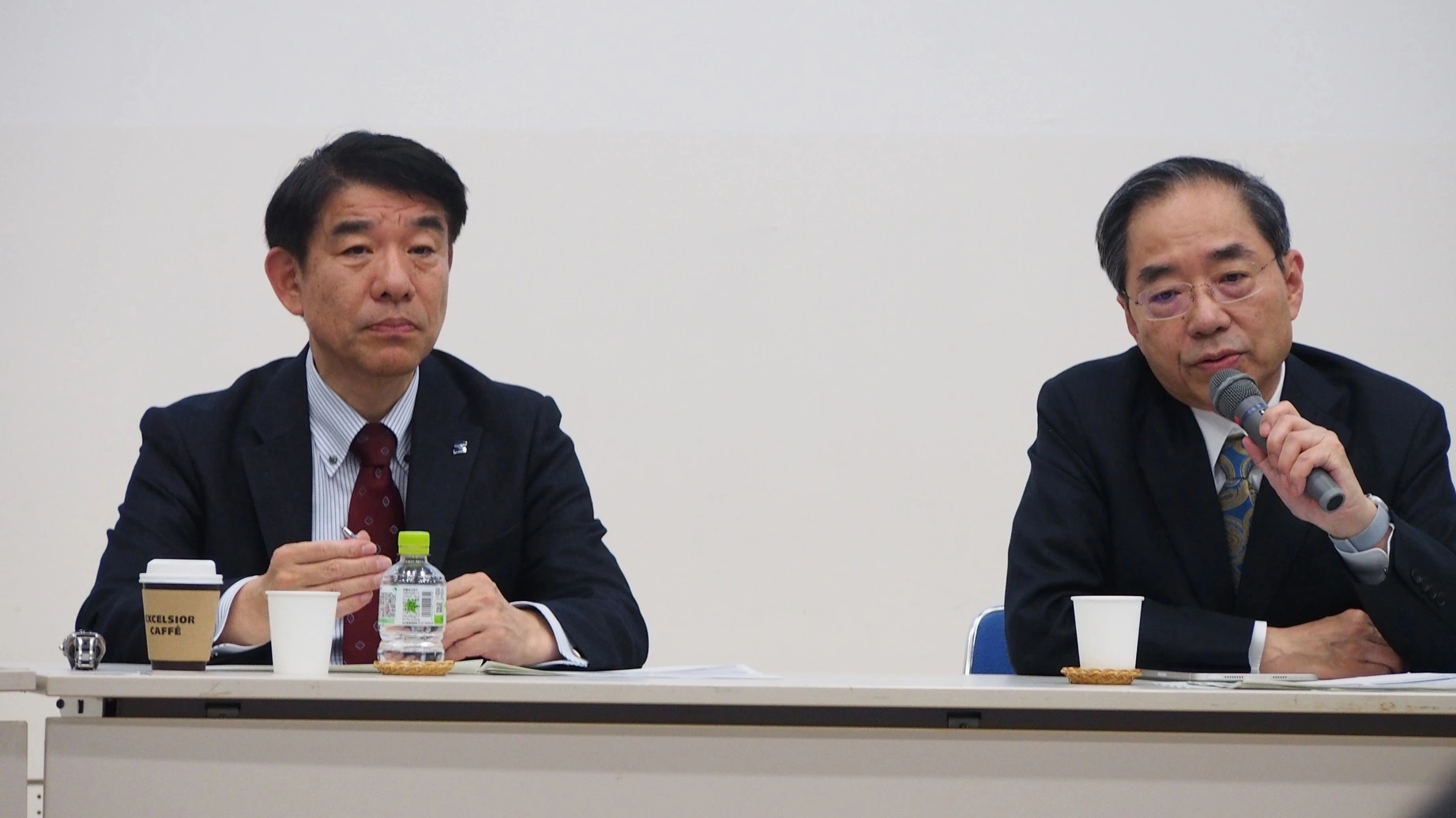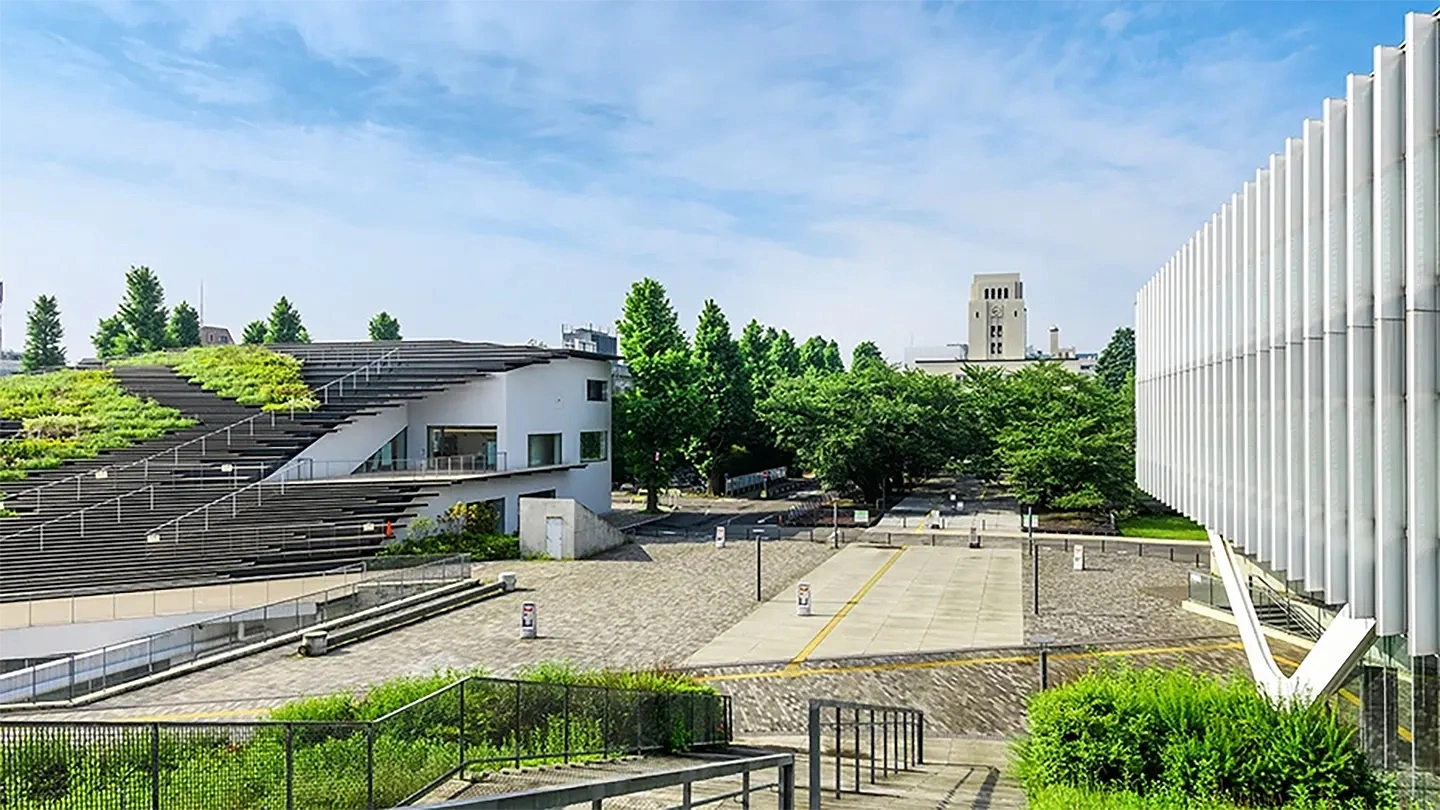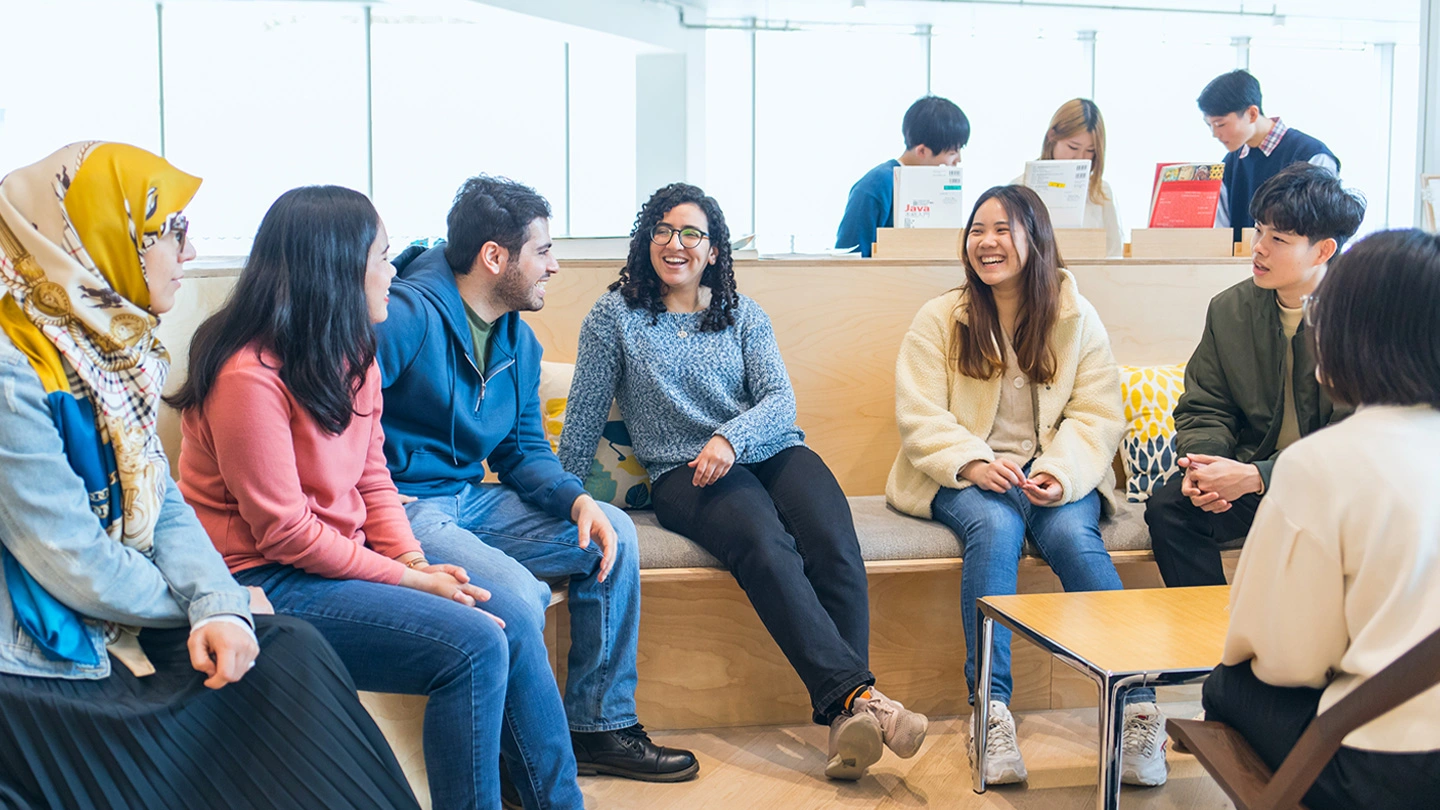
Science Tokyo Bulletin is an email newsletter introducing the Institute’s research, education, and students’ activities. The latest edition, "Science Tokyo Bulletin #2 — July 2025", has been published. To get the most recent news directly to your inbox, subscribe to Science Tokyo Bulletin outer now.
Highlights
Federal President of Germany Dr. Frank-Walter Steinmeier visits Science Tokyo during official Japan trip
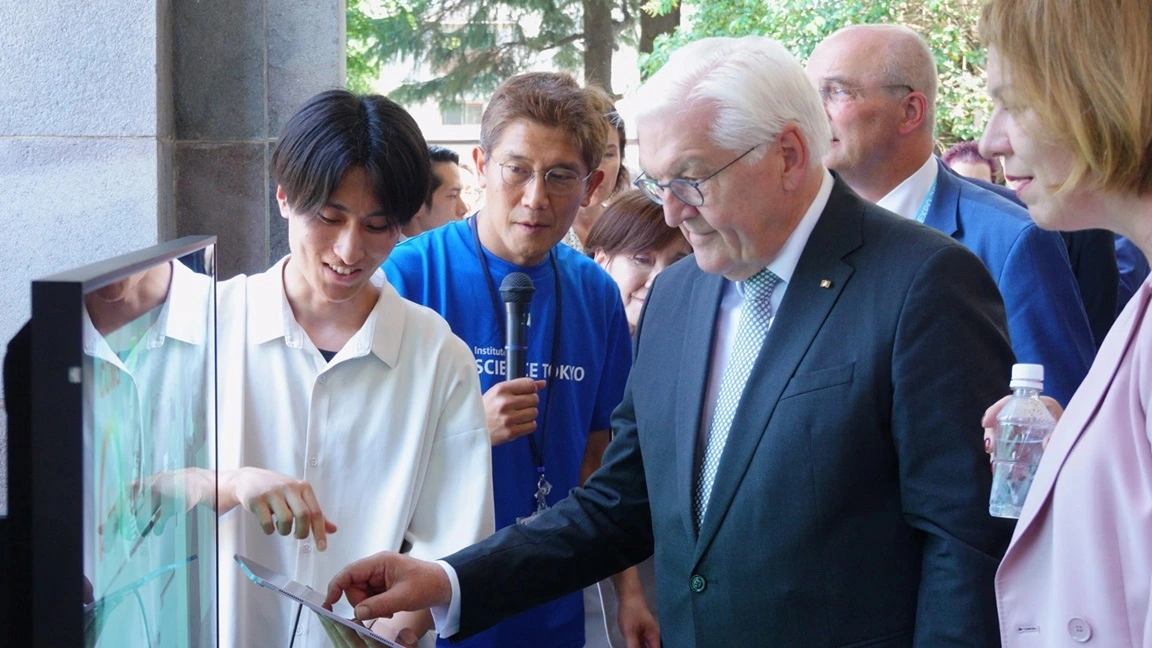
On June 19, 2025, Science Tokyo had the honor of welcoming H.E. Dr. Frank-Walter Steinmeier, President of the Federal Republic of Germany, to Ookayama Campus as part of an official visit to Japan, his first since 2022. Science Tokyo was the only university he visited during his tightly scheduled trip, underlining the new institution’s growing reputation abroad and its strong ties to Germany.
Science Tokyo Founding Symposium: What is Science?
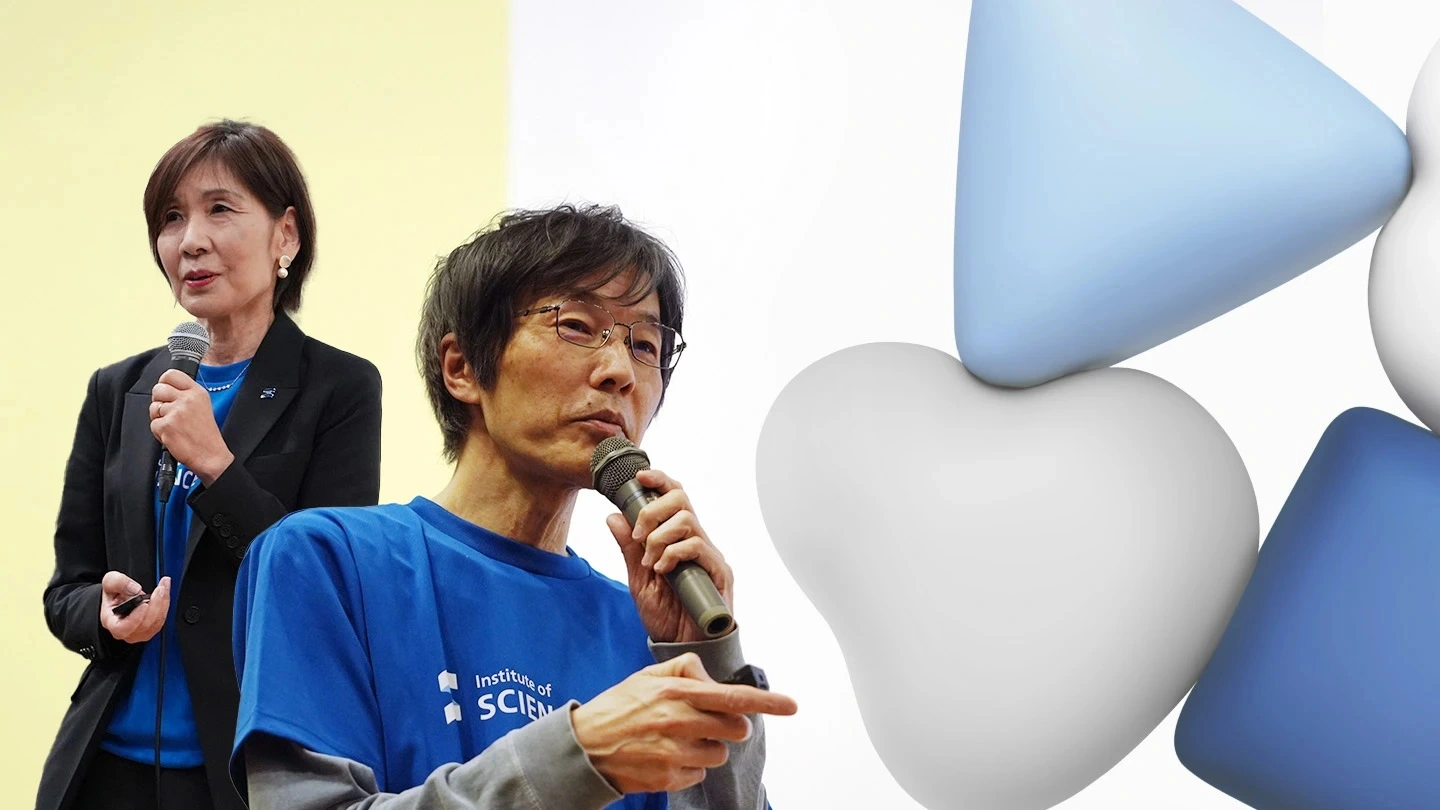
New Institute-wide vision-driven integrated research framework unveiled
Science Tokyo held the Science Tokyo Founding Symposium, “What is Science?” on April 15 at Science Tokyo Front. With the introduction of the Visionary Initiatives (VIs) framework — a bold shift from vertically divided disciplinary fields such as medical and dental sciences, science and engineering, informatics, and liberal arts, to a cross-disciplinary approach — this symposium served as a platform to explore new perspectives on science beyond conventional frameworks and envision a future where value is created in collaboration with society.
Science Tokyo celebrates launch of Institute of Integrated Research with kickoff symposium “New possibilities through the integration of knowledge”
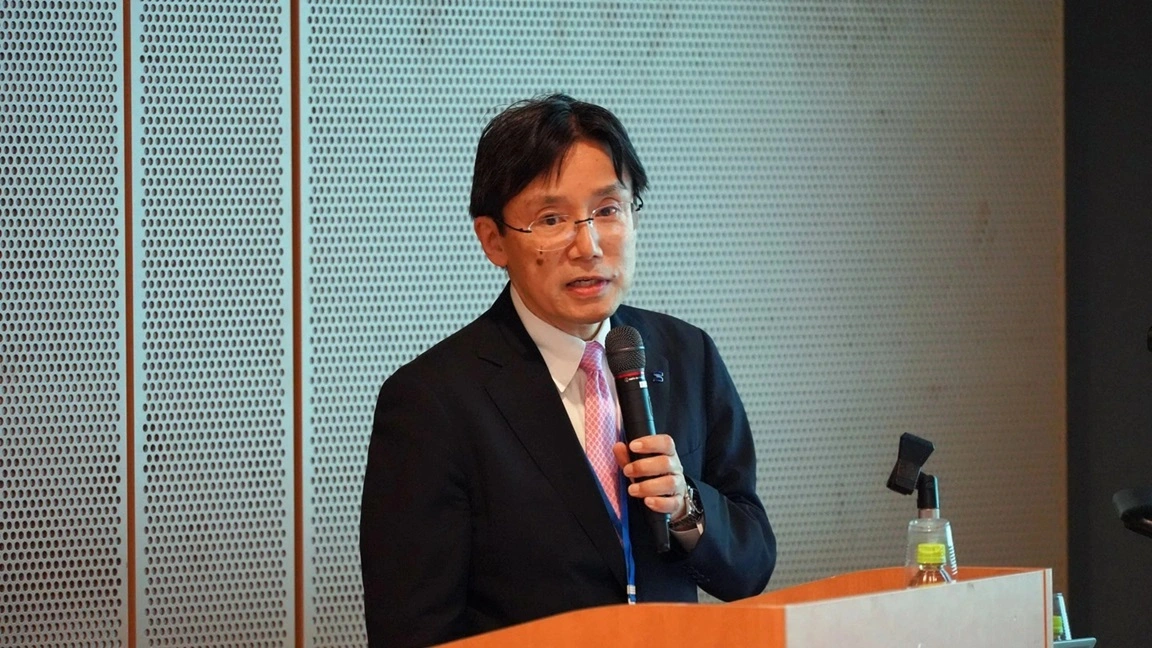
Science Tokyo held its founding event — the Institute of Integrated Research(IIR) kickoff symposium “New possibilities through the integration of knowledge” — on April 25 at Akio Suzuki Memorial Hall on Yushima Campus. IIR is the largest institute within Science Tokyo, dedicated to advancing innovative science and technology by fostering research driven by the interests of individual researchers and integrating insights from diverse disciplines. Its mission is to create new research fields and produce outcomes that support the development of future industrial and medical foundations. The symposium featured presentations introducing the mission and strategic direction of the IIR, as well as lectures highlighting case studies of cutting-edge interdisciplinary research in fundamental science.
Unraveling the Origins of the Universe: Physicist Kimiko Sekiguchi Finds Experimental Proof of three-nucleon force
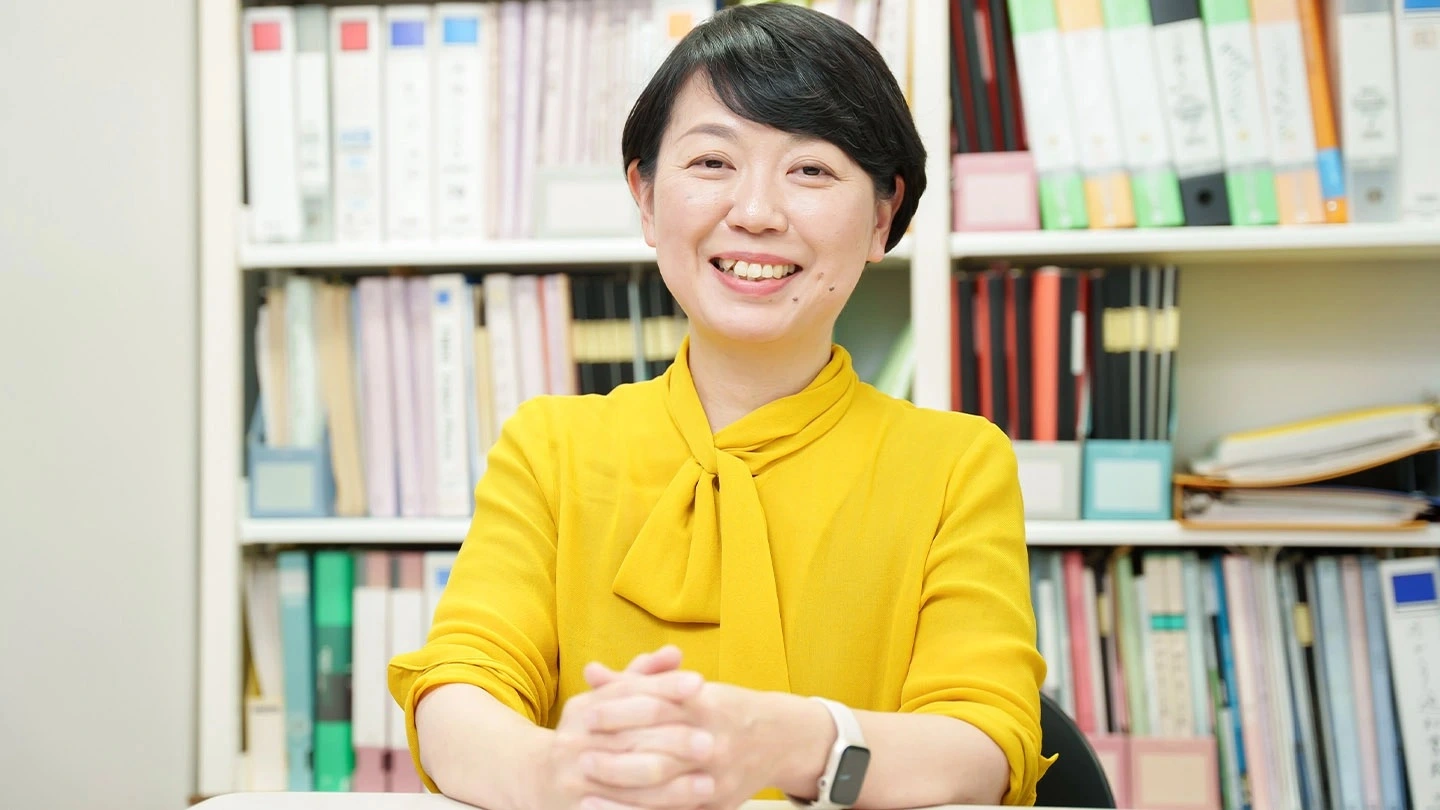
Visiting Professor Kimiko Sekiguchi at School of Science has provided the first experimental proof of three-nucleon force. This discovery builds upon Japan’s pioneering nuclear physics research, which began with Dr. Hideki Yukawa’s Nobel Prize-winning work in 1949. Sekiguchi’s landmark experimental confirmation of these forces has earned widespread recognition, including the prestigious Saruhashi Prize in 2022 and the Commendation for Science and Technology from Japan’s Minister of Education, Culture, Sports, Science and Technology in 2024.
Research
Exploring the universe’s mysteries hidden in particles from asteroid Ryugu
Professor Tetsuya Yokoyama's laboratory has been commissioned to analyze a tiny fraction of samples returned from the asteroid Ryugu to unlock the mysteries of the Solar System. The laboratory employed its unique wet chemical analysis technique to recover more than 10 elements without wasting any of the sample. Studying the Solar System's past from its genesis through such examinations will lead to a better understanding of its present and future, Yokoyama said.
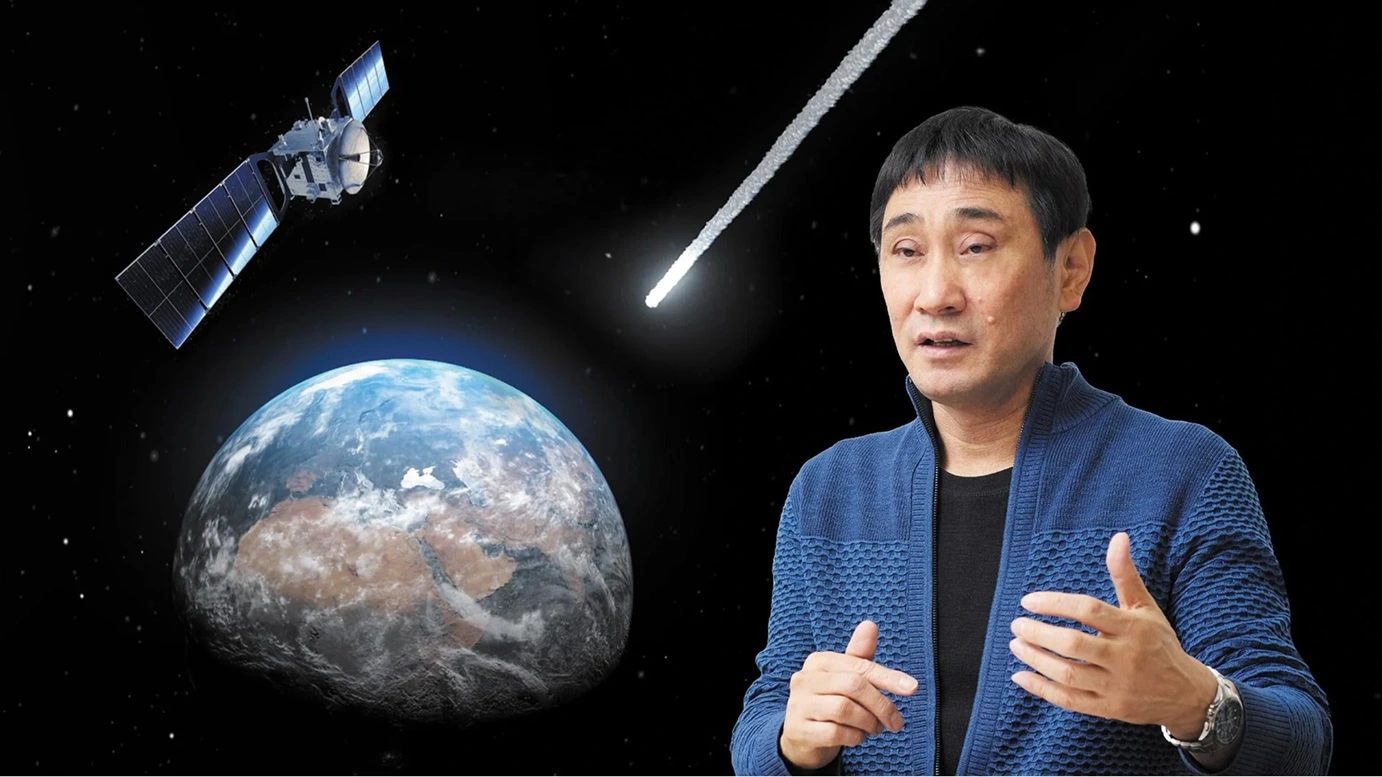
Pioneering next-generation medicine with placental organoids
Professor Hirokazu Kaji has successfully fabricated a placental organoid to replicate the barrier function of the placenta, one of the least-researched internal organs. His sheet-shaped placental barrier model allows us to estimate what substances, and in what quantities, can pass through the placenta and impact the fetus. This model is expected to replace animal experiments, which are not fully applicable to humans, in the development of drugs, supplements, and foods that minimize side effects on the fetus.
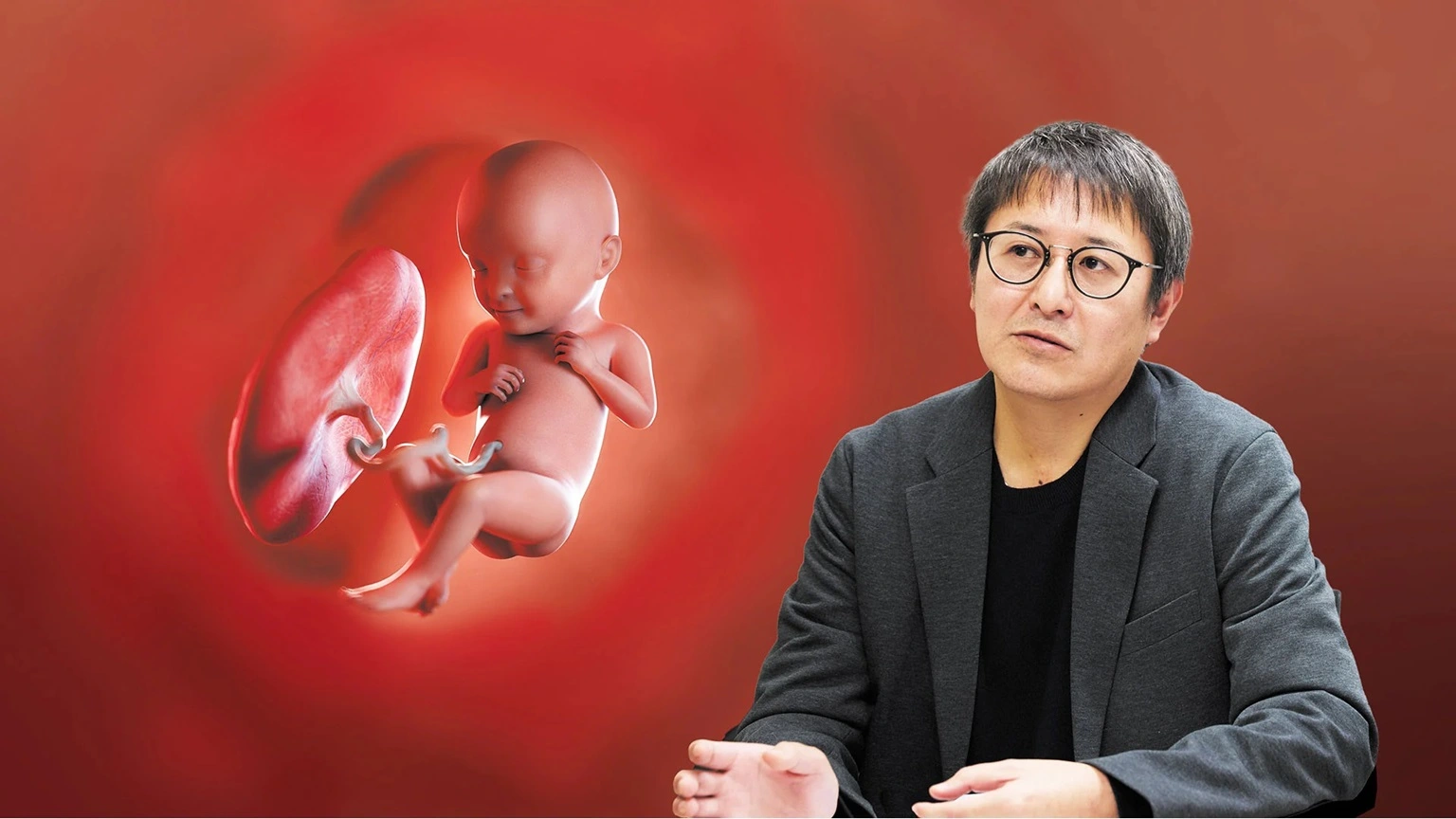
Gene signature of hepatic ferroptosis reveals its pathogenic features
Transcriptome analysis of liver tissues derived from ferroptosis-induced mouse models identifies a gene signature indicative of hepatic ferroptosisBy establishing an iron overload-induced hepatic ferroptosis model, scientists from Japan have identified iFerroptosis–an integrated gene signature for ferroptosis. They evaluated the associated genes in both mice and human liver injury systems, validating the potential use of iFerroptosis as a biomarker for hepatic ferroptosis. By highlighting the role of ferroptosis in liver injuries, this study offers insights into unique therapeutic targets for ferroptosis.
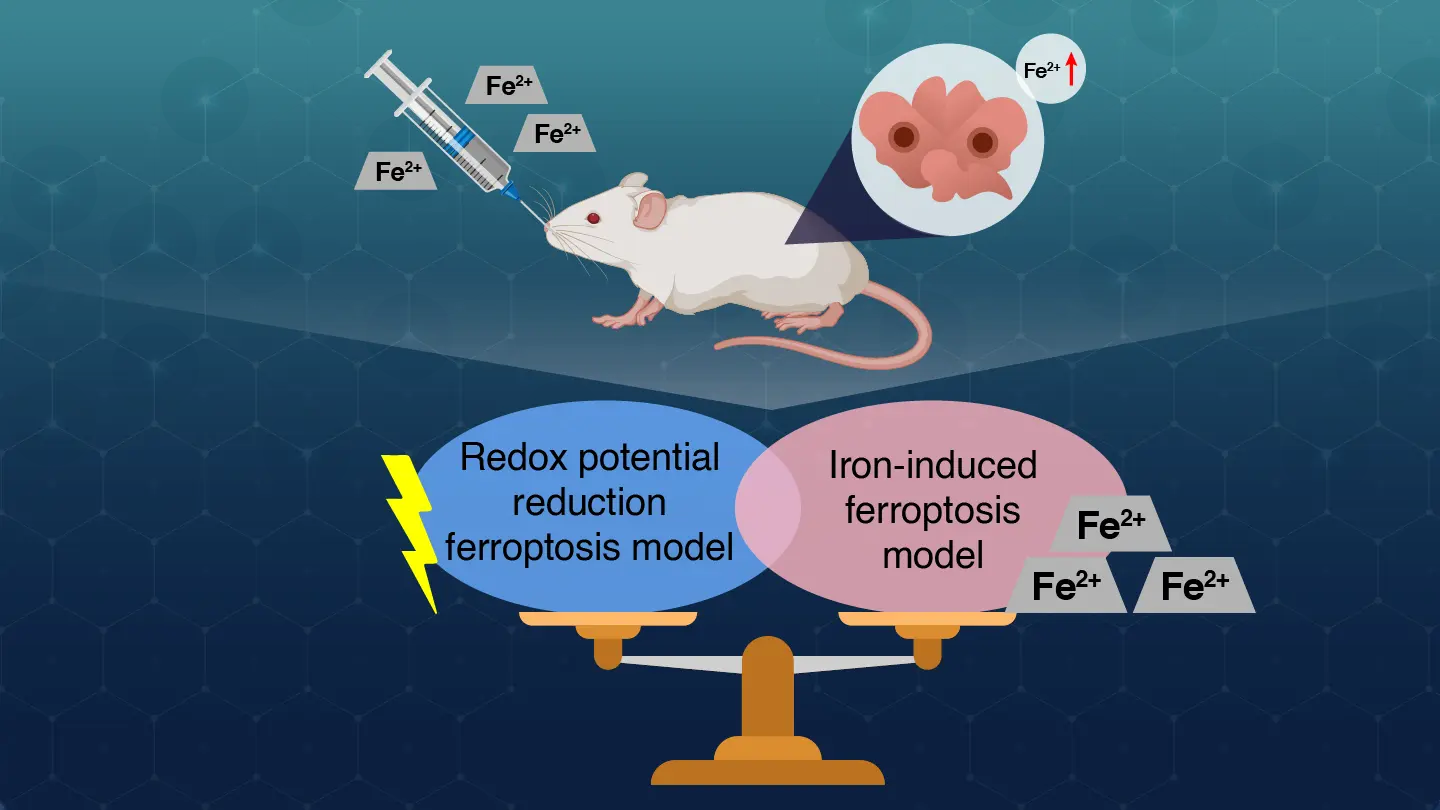
Discovering the role of microRNA-27a in tissue regeneration and bone healing
Scientists explore the role of microRNA-27a in tissue regeneration in human dental pulp stem cells. MicroRNA-27a has been shown to stimulate both the wingless-type integration site family, or Wnt signaling, and the bone morphogenetic protein pathways to actively promote bone regeneration, according to a recent study from Science Tokyo. Their important findings shed light on the intrinsic cellular pathways and mechanisms that are critical for the development of new bone-like tissue and could inform the design and development of future tissue regeneration therapies.
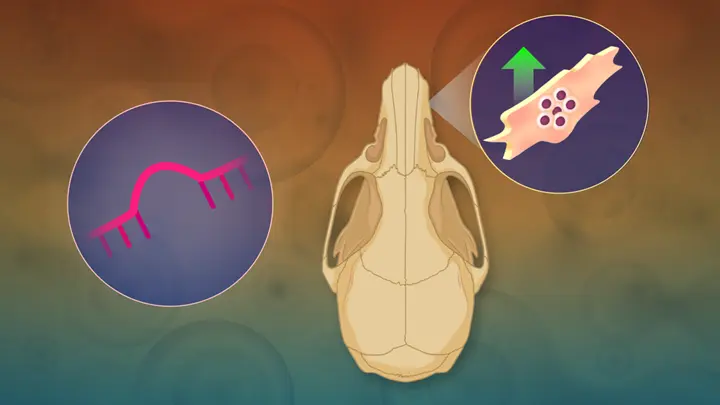
Generative AI masters the art of scent creation
Addressing the challenges of fragrance design, researchers at Science Tokyo have developed an AI model that can automate the creation of new fragrances based on user-defined scent descriptors. The model uses mass spectrometry profiles of essential oils and corresponding odor descriptors to generate essential oil blends for new scents. This breakthrough is a game-changer for the fragrance industry, moving beyond trial-and-error, enabling rapid and scalable fragrance production.
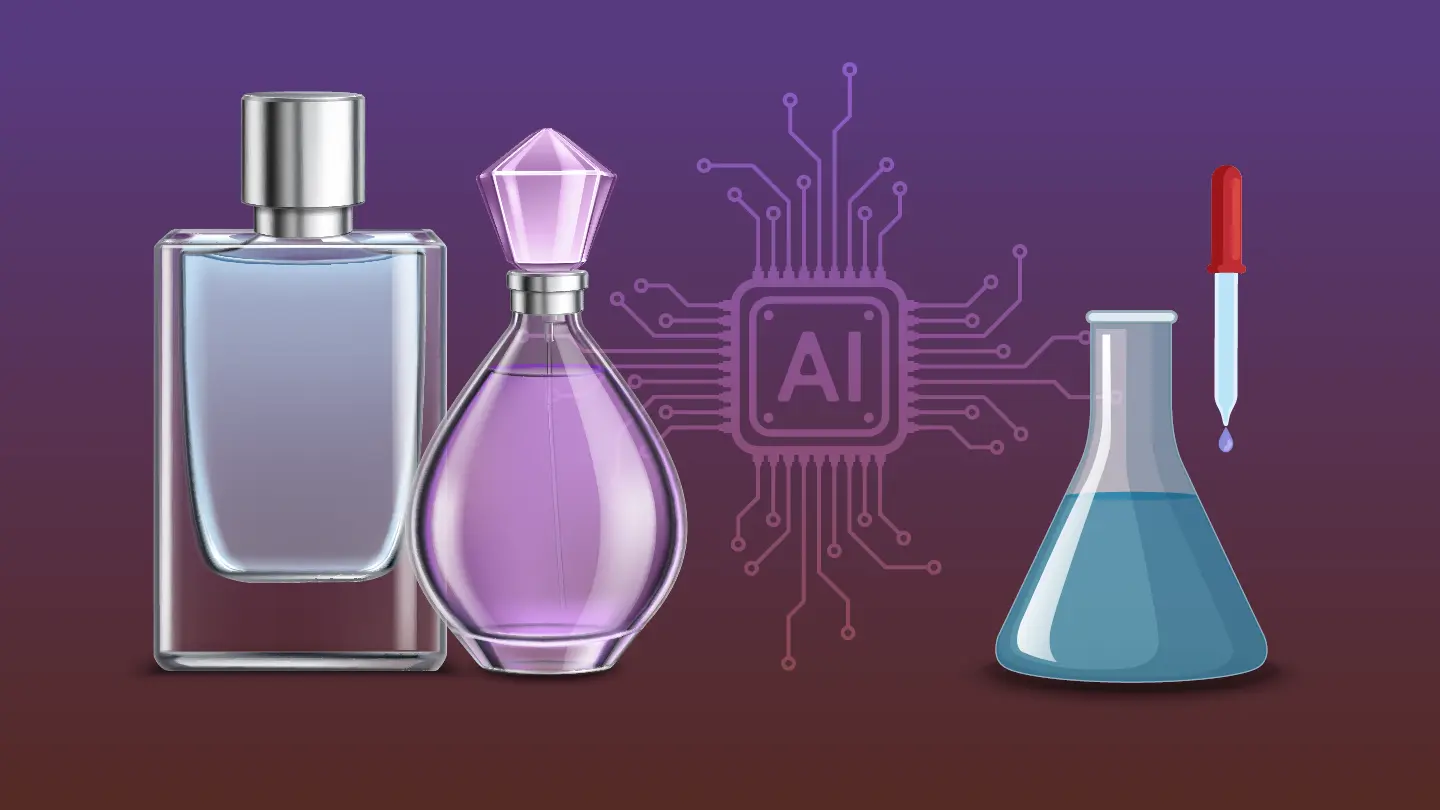
Chimpanzee stem cells offer new insights into early embryonic development
Chimpanzee naive pluripotent stem cells (PSCs) can now be grown in cellular cultures, reveals a recent study. They successfully created chimpanzee early embryo models, called ‘blastoids,’ and found that the inhibition of a specific regulatory gene is essential for chimpanzee PSC self-renewal. They also developed a feeder-free culture system, eliminating the need for mouse-derived feeder cells as support. These findings provide valuable insights into primate embryology and could advance stem cell research and regenerative medicine.
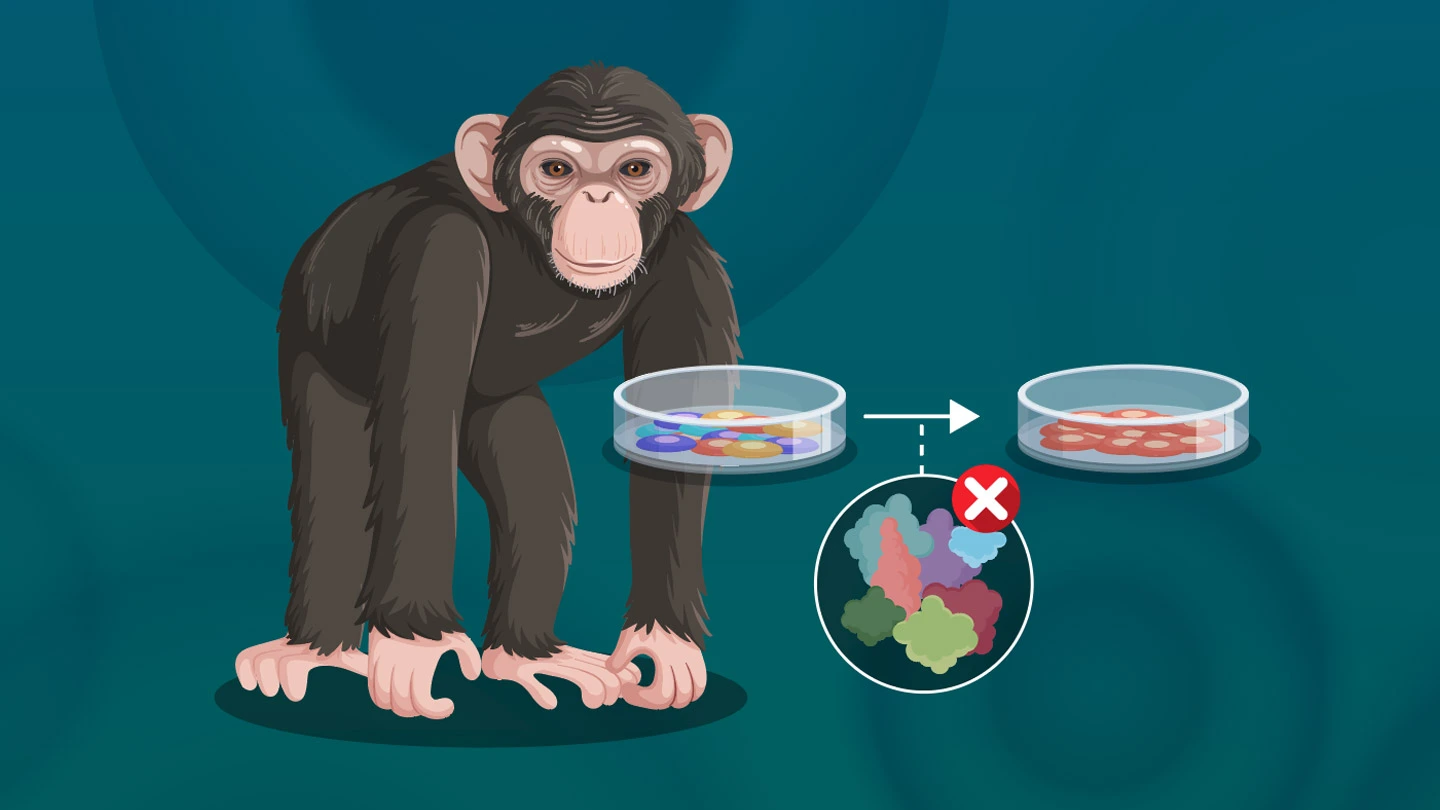
A molecular retelling of Through the Looking Glass uncovers an ancient protein with an unexpected function
Researchers from the Earth-Life Science Institute (ELSI) at Science Tokyo, in collaboration with the Hebrew University of Jerusalem and the Weizmann Institute of Science, found a rare example of an ancient protein that can still function in a molecular mirror world – offering new clues about the evolutionary history of proteins that bind to nucleic acids. But many mysteries remain.
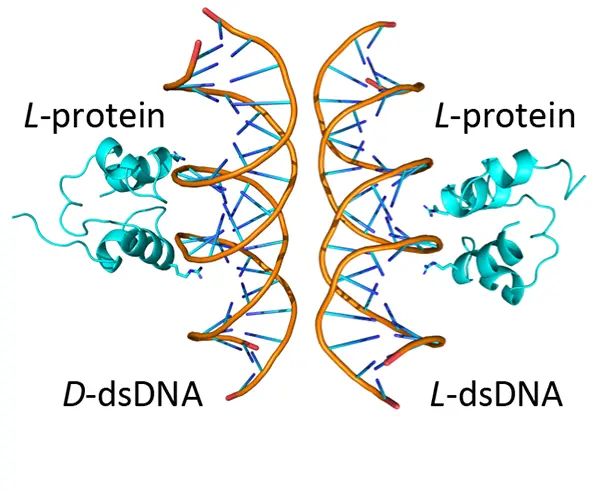
Semiconductors show promise for efficient carbon capture and utilization
Innovative catalyst design enables the selective conversion of carbon dioxide into methanol.
A new palladium-loaded amorphous InGaZnOx (a-IGZO) catalyst achieved over 91% selectivity when converting carbon dioxide to methanol, report researchers from Japan. Unlike traditional catalysts, this system leverages the electronic properties of semiconductors to generate all the species necessary for the conversion reaction. This study demonstrates novel design principles for sustainable catalysis based on electronic structure engineering.
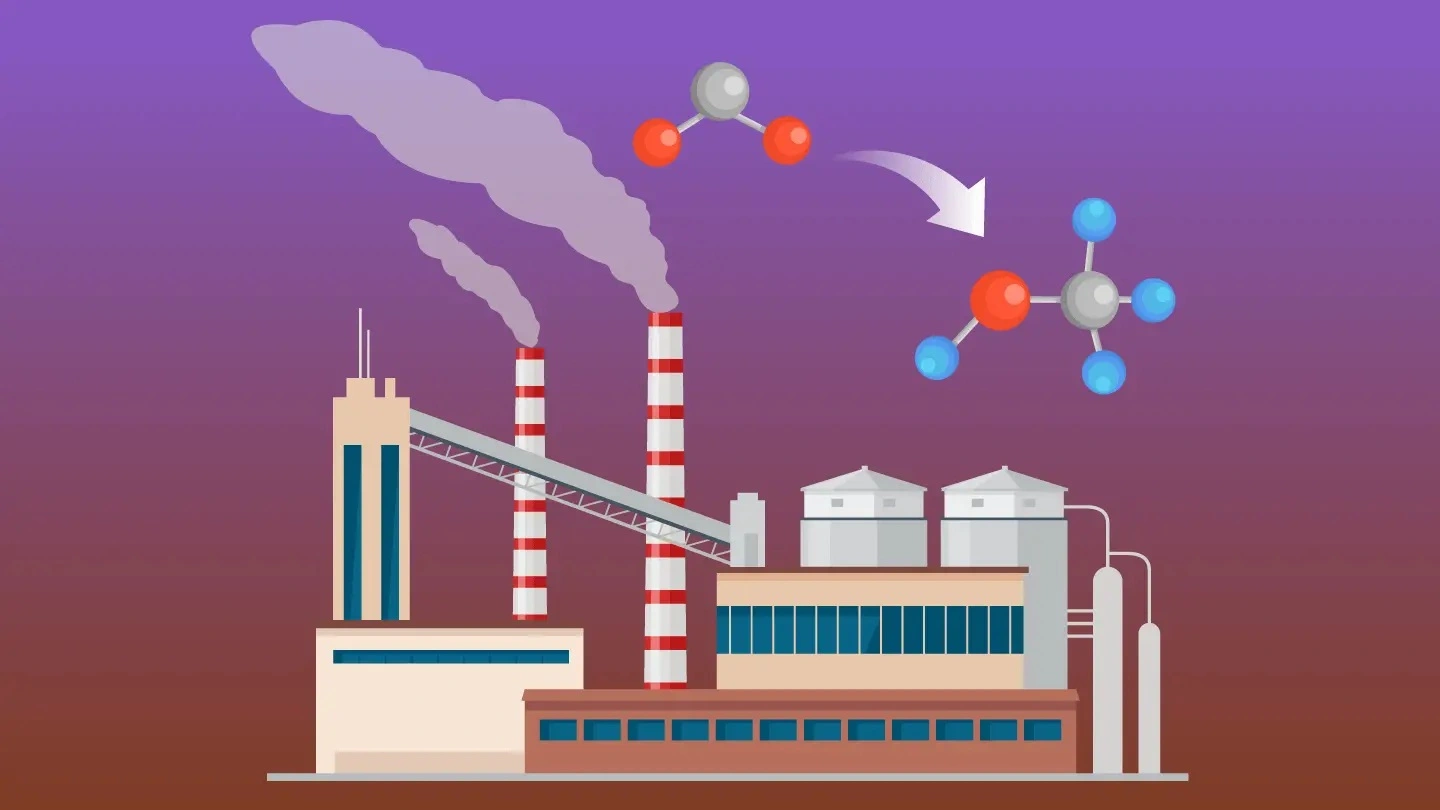
Smarter flow simulation model for analyzing blood flow in brain aneurysms
To simulate blood flow inside brain aneurysms, researchers from Japan developed a computational method that combines 4D flow MRI, computational fluid dynamics, and data assimilation, which provides greater accuracy and efficiency. By focusing only on the aneurysm region, this approach significantly reduces computational cost while improving flow estimation. When validated on patient data, it outperforms conventional models—offering a practical tool for patient-specific risk assessment and treatment strategies.
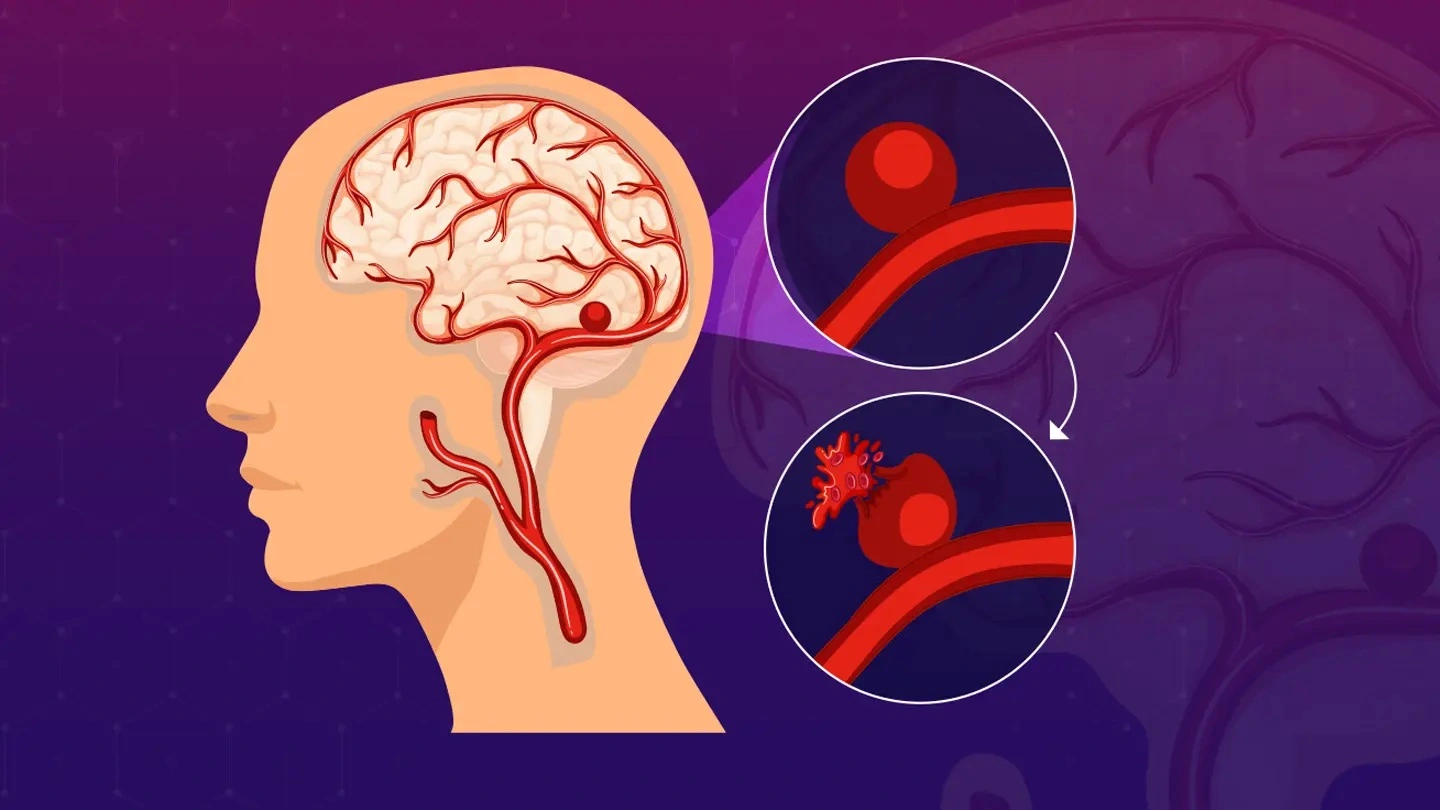
Loss of hard chorion: An evolutionary dead-end for parental egg-care fish
Parental egg-care in fish traps them in an evolutionary dead-end through the loss of the chorion-hardening system, find scientists from Science Tokyo. Fish have diverse egg-caring strategies that have independently emerged multiple times across lineages. Comparative whole genome analysis of 240 fish species revealed a strong correlation between loss of the chorion-hardening system and parental egg-care, revealing the mechanisms behind the evolutionary bias that restricts egg-caring fish from becoming non-egg-carers.
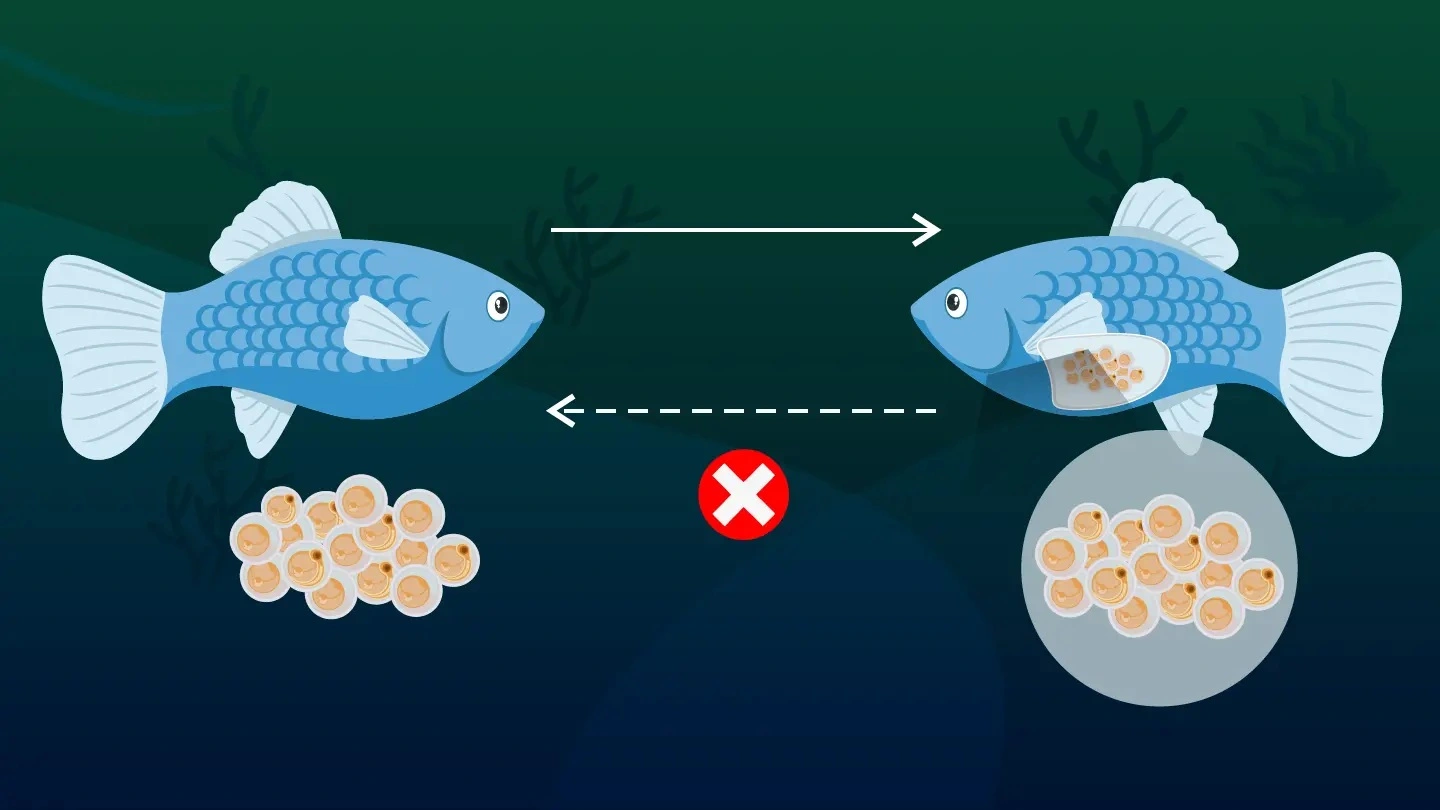
Novel technologies to advance next-generation semiconductor packaging
A novel power supply technology for 3D-integrated chips has been developed by employing a three-dimensionally stacked computing architecture consisting of processing units placed directly above stacks of dynamic random access memory. Towards realizing this, researchers developed key technologies involving precise and high-speed bonding technique and adhesive technology. These new technologies can help in addressing the demands of high-performance computing applications, which require both high memory bandwidth and low power consumption with reduced power supply noise.
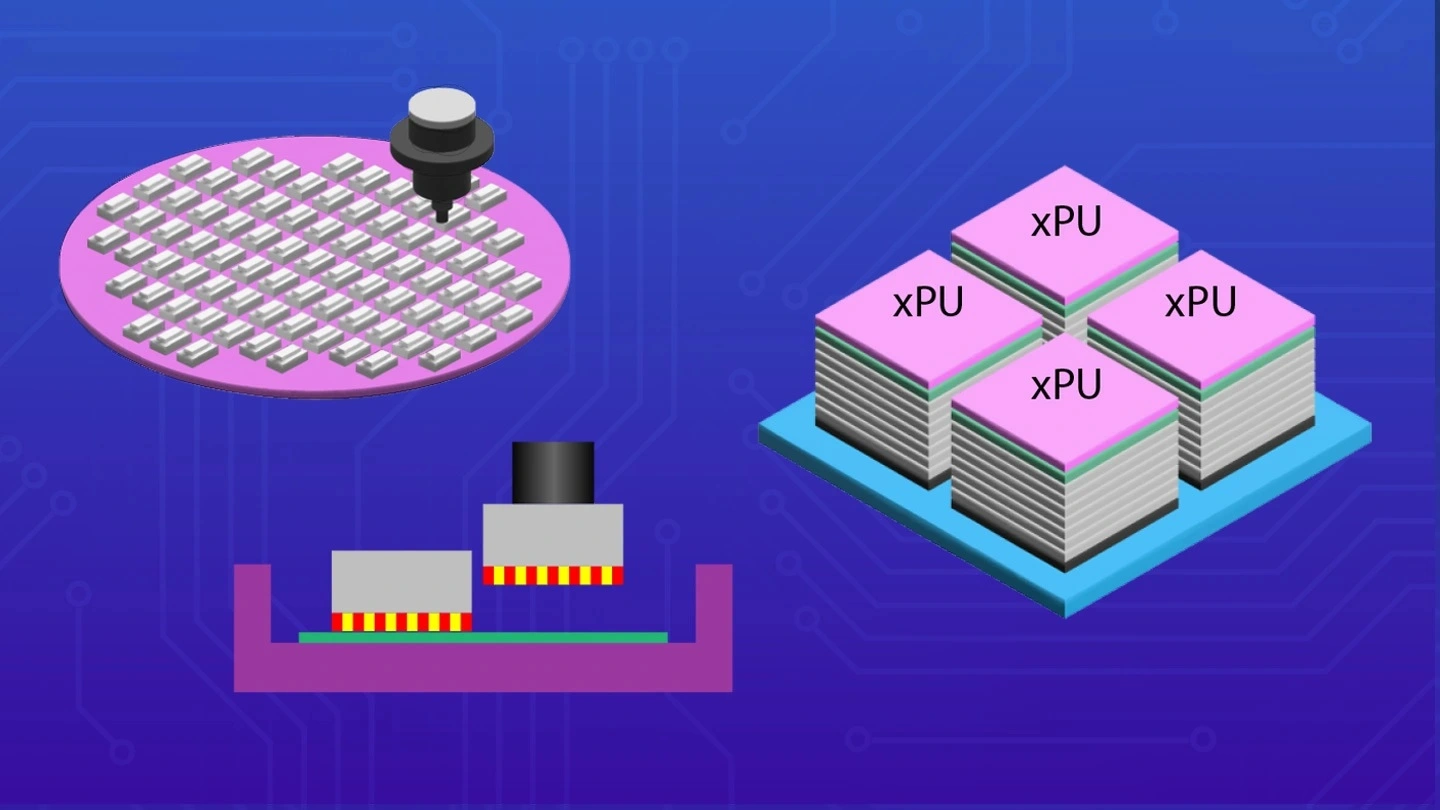
Developing an ultra-compact phased-array transceiver for 6G applications
An ultra-compact, low-power 150 GHz radio module enabling high data rates in mobile devices has been developed by researchers from Japan. Targeting 6G user equipment, the proposed design integrates a phased-array transceiver with several key innovations to overcome the main challenges of operating at frequencies in the 150 GHz band. This work could thus pave the way to unprecedented connectivity in terminal devices, way surpassing existing 5G technology.
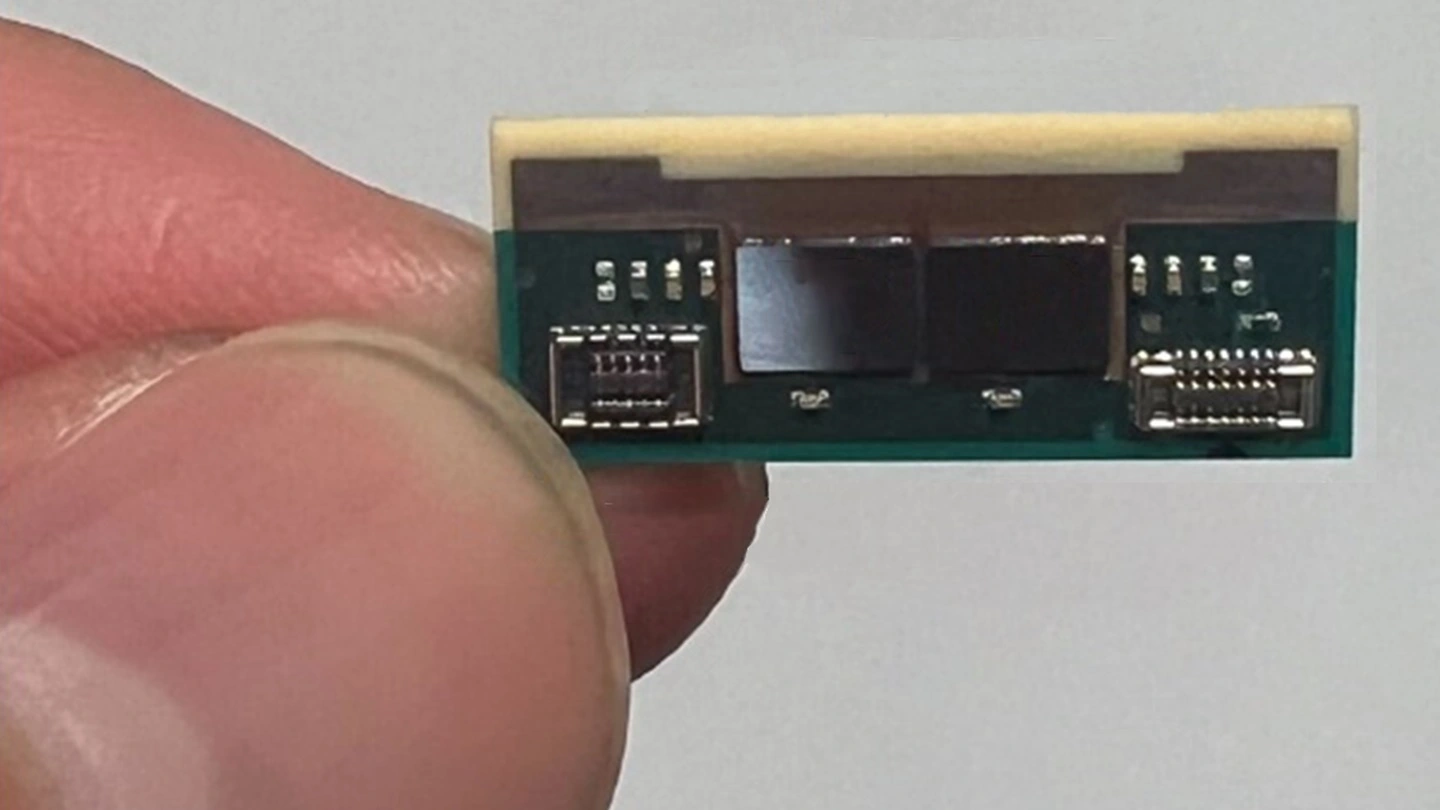
In the spotlight
Contact
Public Relations Division
Email pr.content@adm.isct.ac.jp


